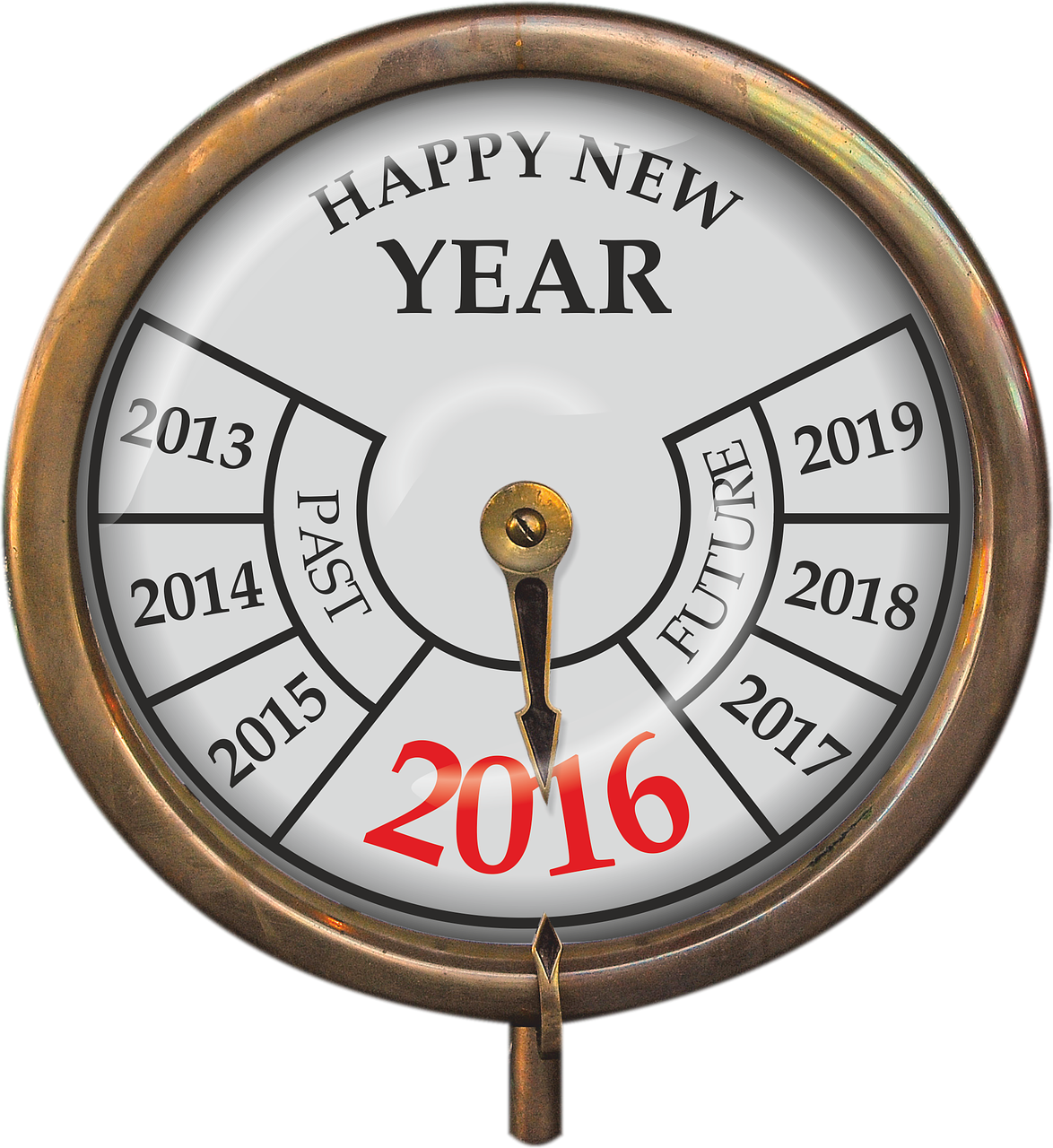HCB predictions for 2016

Baby Boomers to Generation Z what’s in store for the workplace in 2016?
- 2016 is the year that the Fit For Work (FFW) service will gain recognition. Whether it will prove to be a really valuable addition to the Wellness For Work tool box is still a moot point. The FFW service is a free service, but there are rules and regulations surrounding it’s usage that perhaps don’t make it particularly user friendly. This service is actually a ‘sickness’ service rather than an ‘absence’ service and so far there is no track record of aligning the employee, employer, Line Manager, HR, the medical professions and the insurance / benefits policies.
- Another issue, that spans all sectors of OH provision is that of the number of fully trained OH professionals available are insufficient. The Council for Work and Health has stated “It is widely recognised in the Occupational Health professions that the need for OH greatly outstrips the supply of appropriately qualified professionals. Changing workforce demographics is likely to make this worse with more people having to stay in employment longer. However, it is also clear that OH provision is not restricted to face to face interventions and that new approaches such as telephone help lines and self-help websites have a part to play.” This clearly means that now is the time to engage with an established and reputable company who has recognised and trusted staff and working practices.
- Outside the workplace, but clearly affecting the workplace will be the number of people to continue to have little or no personal insurance against short or long term illness. Many of these individuals will be relying on their employer or the State to fill this gap. In 2016 we must and will continue to promote the necessity of protection policies and to do this we will continue to promote the added benefits of rehabilitation and support, the ‘extras’ provided under these policies.
- So this leads us on to one of the biggest challenges facing Employers in 2016 – Generations! Starting with the ageing workforce of the Baby Boomers to Generations X, Y and Z. Employers have recognised the value that older, experience employees bring to the workplace, but many have yet to formulate appropriate strategies that enable them to deal with the more complex health issues associated with an aging workforce. Some of the issues will be to do with degenerative illness, difficulties in getting Disability Benefit and delays in accessing the NHS. Employers will have to become very much more flexible in their working practices, will have to pay greater attention to the legal issues relating to disability and age discrimination and will have to find ways of contending with the constraints of the NHS. Whilst some of these problems can be resolved with a focussed, intelligent benefit redesign, more and more will need the input of skilled OH professionals.
We predict that 2016 will be the year that everyone, employers, employees and insurers will recognise the emotional, financial and commercial value of providing support when illness, accident and injury strikes.
HCB intends to continue to build its capability and field resource to contend with the aspirations of higher demand for services.
Finally here is some light-hearted commentary on the similarities and differences between the generations that are in or about to join the workplace….enjoy
Boomers I or The Baby Boomers
Born: 1946-1954
Coming of Age: 1963-1972
Age in 2016: 70-62
For a long time the Baby Boomers were defined as those born between 1945 and 1964. That would make the generation huge and encompass people who were 20 years apart in age. It didn’t compute to have those born in 1964 compared with those born in 1946. Life experiences were completely different. Attitudes, behaviours and society were vastly different. In effect, all the elements that help to define a cohort were violated by the broad span of years originally included in the concept of the Baby Boomers. The first Boomer segment is bounded in the UK by post-war austerity and the start of the National Health Service. In the US the Baby Boomers had the Kennedy and Martin Luther King assassinations, the Civil Rights and of course the Vietnam War.
Boomers I had good economic opportunities and were largely optimistic about the potential for their own lives. This is the generation that in the UK has benefited from universal healthcare and good pension provision. Something that Boomers II and subsequent generations haven’t enjoyed.
Boomers II or Generation Jones
Born: 1955-1965
Coming of Age: 1973-1983
Age in 2016: 61 to 51
This generation came of age during the 3-day week, miners strikes and political uncertainty at home and abroad. This first post-Watergate generation lost much of its trust in government and optimistic views the Boomers I maintained. Economic struggles including the ‘winter of discontent’ in the UK and the oil embargo of 1979 in the US reinforced a sense of “I’m out for me” and narcissism and a focus on self-help and scepticism over media and institutions is representative of attitudes of this cohort. While Boomers I had Vietnam, Boomers II had AIDS as part of their rites of passage.
The youngest members of the Boomer II generation in fact did not have the benefits of the Boomer I class as many of the best jobs, opportunities, housing etc. were taken by the larger and earlier group. Both Gen X and Boomer II s suffer from this long shadow cast by Boomers I.
The workplace was also rapidly changing the computer moved from a locked room to people’s desks, traditional industries were in decline, heading to the dramatic clash of cultures between Mrs Thatcher’s government and the Unions (in particular the miners).
Generation X
Born: 1966-1976
Coming of Age: 1988-1994
Age in 2016: 50 to 40
Sometimes referred to as the “lost” generation, this was the first generation of “latchkey” kids, exposed to lots of day care and divorce. Known as the generation with the lowest voting participation rate of any generation, Gen Xers were quoted by Newsweek as “the generation that dropped out without ever turning on the news or tuning in to the social issues around them.”
Gen X is often characterized by high levels of scepticism, “what’s in it for me” attitudes and a reputation for some of the worst music to ever gain popularity. Now, moving into adulthood William Morrow (Generations) cited the childhood divorce of many Gen Xers as “one of the most decisive experiences influencing how Gen Xers will shape their own families”.
Gen Xers are arguably the best educated generation with 29% obtaining a degree or higher (6% higher than the previous cohort). And, with that education and a growing maturity they are starting to form families with a higher level of caution and pragmatism than their parents demonstrated. Concerns run high over avoiding broken homes, kids growing up without a parent around and financial planning.
Generation Y, Echo Boomers or Millennials
Born: 1977-1994
Coming of Age: 1998-2006
Age in 2016: 39 to 22
The largest cohort since the Baby Boomers, their high numbers reflect their births as that of their parent generation, the last of the Boomer Is and most of the Boomer II s. Gen Y kids are known as incredibly sophisticated, technology wise, immune to most traditional marketing and sales pitches…as they not only grew up with it all, they’ve seen it all and been exposed to it all since early childhood.
Gen Y members are much more racially and ethnically diverse and they are much more segmented as an audience aided by the rapid expansion in TV channels, satellite radio, the Internet, social media etc.
Gen Y are less brand loyal and the speed of the Internet has led the cohort to be similarly flexible and changing in its fashion, style consciousness and where and how it is communicated with.
Gen Y kids were often raised in dual income or single parent families and have been more involved in family purchases…everything from the groceries to new cars.
In the past this generation would now be moving into middle management and looking to secure their positions within the workplace. However they are looking towards middle age only to find that middle management positions are rapidly disappearing and perhaps even worse for the Millennials, their parents and even some grand parents are still hard at work! What next for the Millennials……. Look out, Generation Z is about to enter your workplace
Generation Z
Born: 1995-2001
Coming of Age: 2013-2019
Age in 2016: 21-15
Generation Z is here! Young adults born at the turn of the millennium are now entering the jobs market, who are they – and how do they differ from the generations before them?
These fantastic young adults have never known life without the internet, smartphones and social media. They had more computing knowledge and skill at age 5 than you may have had at 40+. This “iGeneration” can’t conceive of a world before everyone owned a mobile phone and would laugh if you told them there only used to be four channels on TV, or that you used to have to hand over pocket money in a record shop if you wanted to listen to an album (on an antiquated disc known as a CD).
Instant gratification is their norm; whether they want information and entertainment they can have it in the palms of their hands within moments, usually for free. This ability to find whatever they’re after without the help of intermediaries – such as libraries, shops or teachers – has made them more independent and self-directed than generations before them, but more impatient, too. A recent American study put the average attention span in 2015 at 8.25 seconds – officially less than a goldfish, which comes in at 9 seconds.
While their predecessors were children of the peaceful, prosperous 1990s – who saw their bright futures snatched away by the rude awakening of 9/11 and the recession – the oldest Gen Z-ers were only hitting their teens when credit crunched, meaning they have grown up under no illusions that anyone else is going to help them make their way.
Generation Z have known uncertainty all their lives: parents losing their jobs, family homes sold from under their feet, war and social unrest across the globe. They know that nothing can be taken for granted, are keenly aware of the West’s changing fortunes and eager to make their own way in the world. So, with the oldest soon set to graduate, what can we expect from the newest generation to hit the workforce and what should we do to accommodate them?
Happy New Year!
Sources:
Look out the Generation z is about to enter your workplace – Nisha Lilia Diu The Telegraph
Generations X,Y, Z and the Others – William J. Schroer


